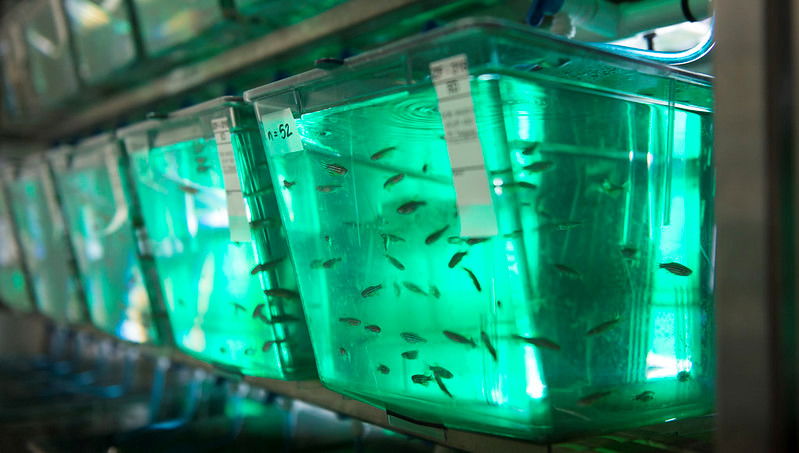OSU receives $5.9 million to study environmental health problems

CORVALLIS, Ore. (KTVZ) – An Oregon State University-led research center has been awarded $5.9 million to support studies aimed at understanding how environmental exposure to chemicals affect human health.
Researchers with the Pacific Northwest Center for Translational Environmental Health Research will provide the scientific research needed by outside stakeholders – health care providers, pharmaceutical firms, manufacturers, regulatory agencies, legislators, non-governmental organizations and residential communities – to inform decisions that affect environmental public health.
“The center provides a missing link of sorts, by strongly encouraging researchers to actively engage with stakeholders who need sound science to make informed decisions,” said Robyn Leigh Tanguay, the director of the center and an Oregon State Distinguished Professor and molecular toxicologist in the College of Agricultural Sciences.
The center will be based at Oregon State University and funded by a five-year grant from the National Institutes of Environmental Health Sciences. Participating institutions include Oregon Health & Science University, University of Oregon and the Pacific Northwest National Laboratory.
The center includes 50 researchers in more than 20 fields. Much of the research will use unique laboratory facilities at Oregon State, including two core research facilties.
The Chemical Exposure Core will provide analytical chemistry support and access to passive sampling devices, such as wristbands that can be worn by people and detect more than 1,500 airborne chemicals. The core is directed by Kim Anderson, an environmental chemist in the Oregon State College of Agricultural Sciences.
The Zebrafish Biomedical Research Core will test the toxicity of chemicals and their impact on human health.
Zebrafish are a powerful, cost-effective model organism for discovering the interactions between environmental stressors and biological systems.
Zebrafish and humans are similar on a genomic level, meaning zebrafish research can easily be applied to humans, said Lisa Truong, assistant research professor in the Oregon State College of Agricultural Sciences, who will lead the core.
The center also includes the Integrated Health Sciences Core, directed by Emily Ho, a nutrition scientist in the Oregon State College of Public Health and Human Sciences. It will enable stakeholders to create science-based decisions and cultivate long-lasting relationships that breakdown barriers between scientists and stakeholders.
The core will provide consultation and direct assistance for researchers to conduct human subject research and leverage existing resources at Oregon State and Oregon Health & Science University. Ho will also serve as the center’s deputy director.
Finally, the center has a Community Engagement Core. Its members will work to overcome the boundaries that separate scientists from each other and from stakeholders who are experts in non-science disciplines.
The core, led by Diana Rohlman, an assistant research professor and environmental health researcher in the Oregon State College of Public Health and Human Sciences, will help team members understand each other’s languages, traditions, perspectives, assumptions, needs and values.
Members of this core will ensure that communication is inclusive and moves seamlessly between the scientists and stakeholders.



